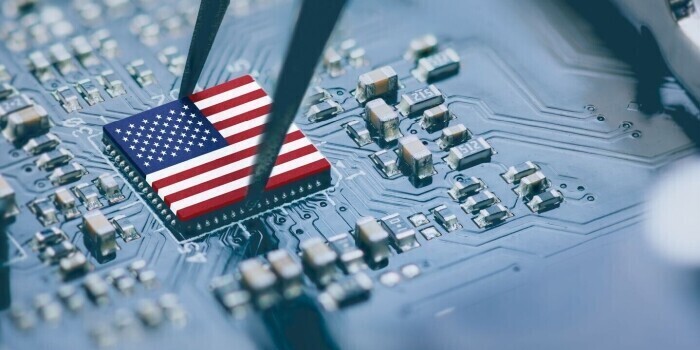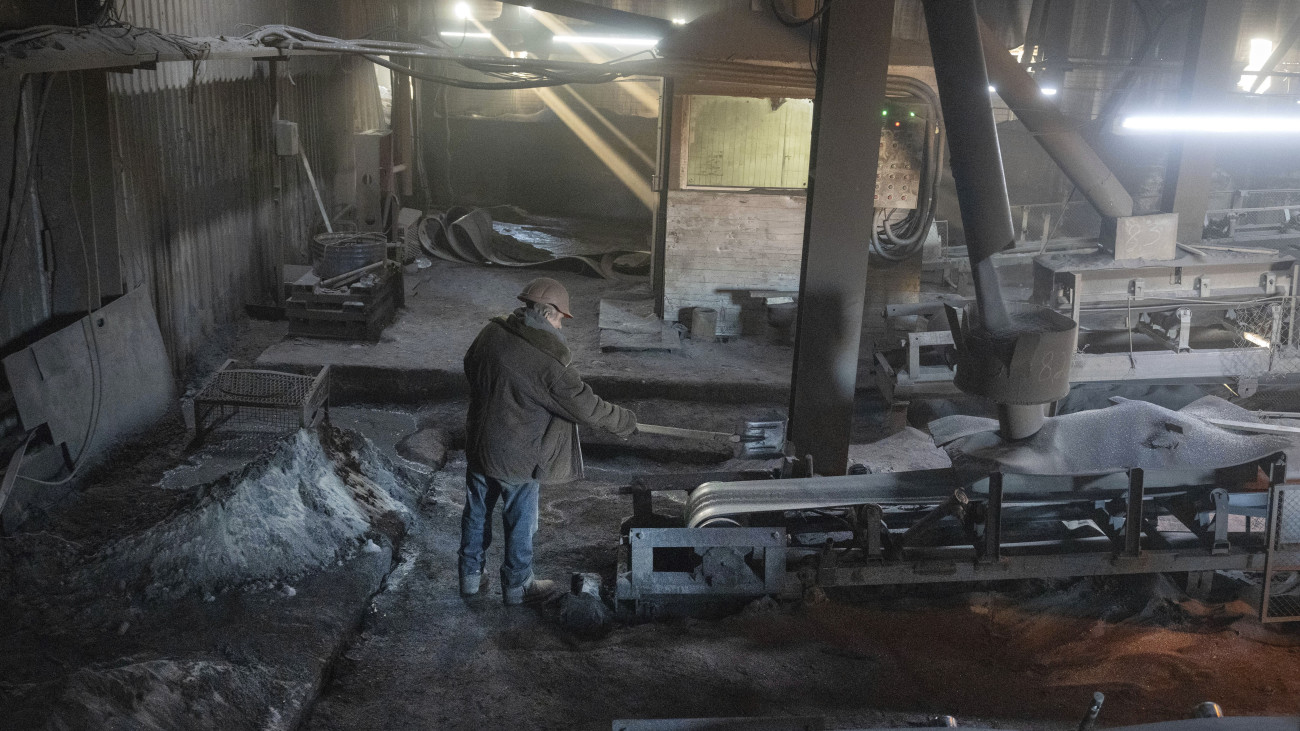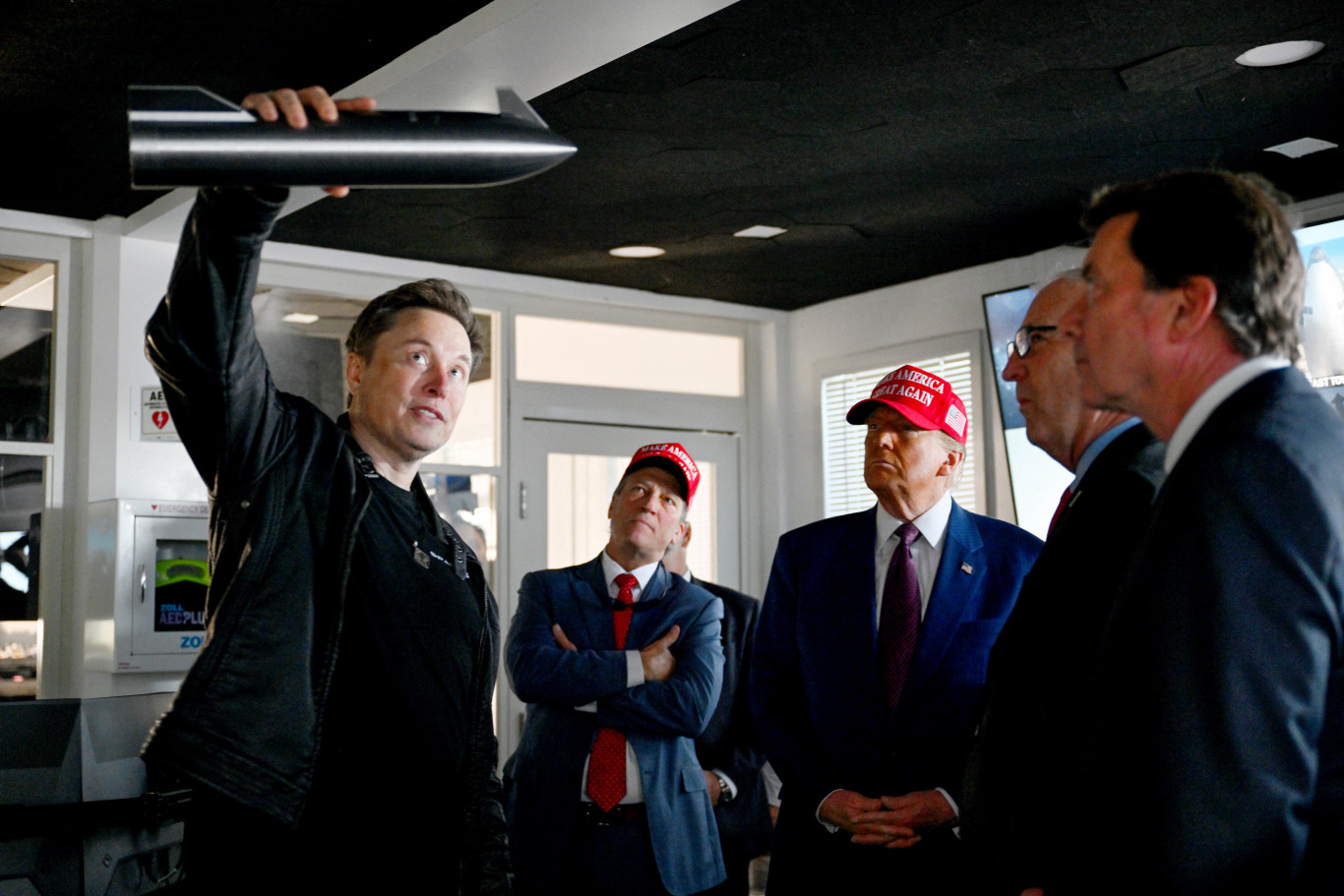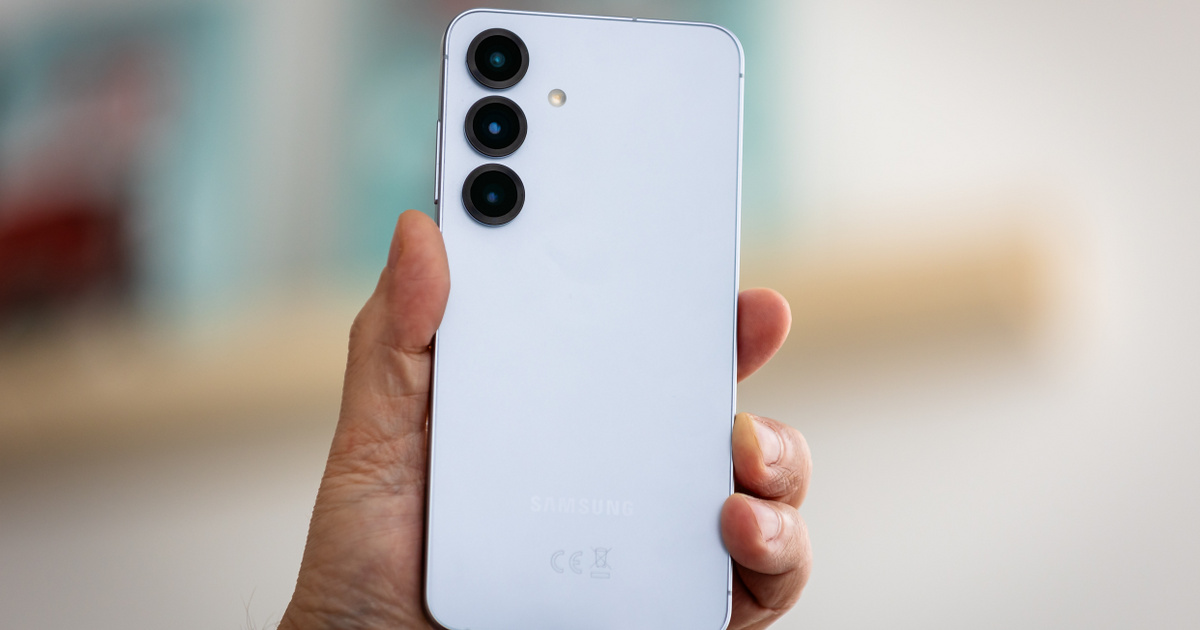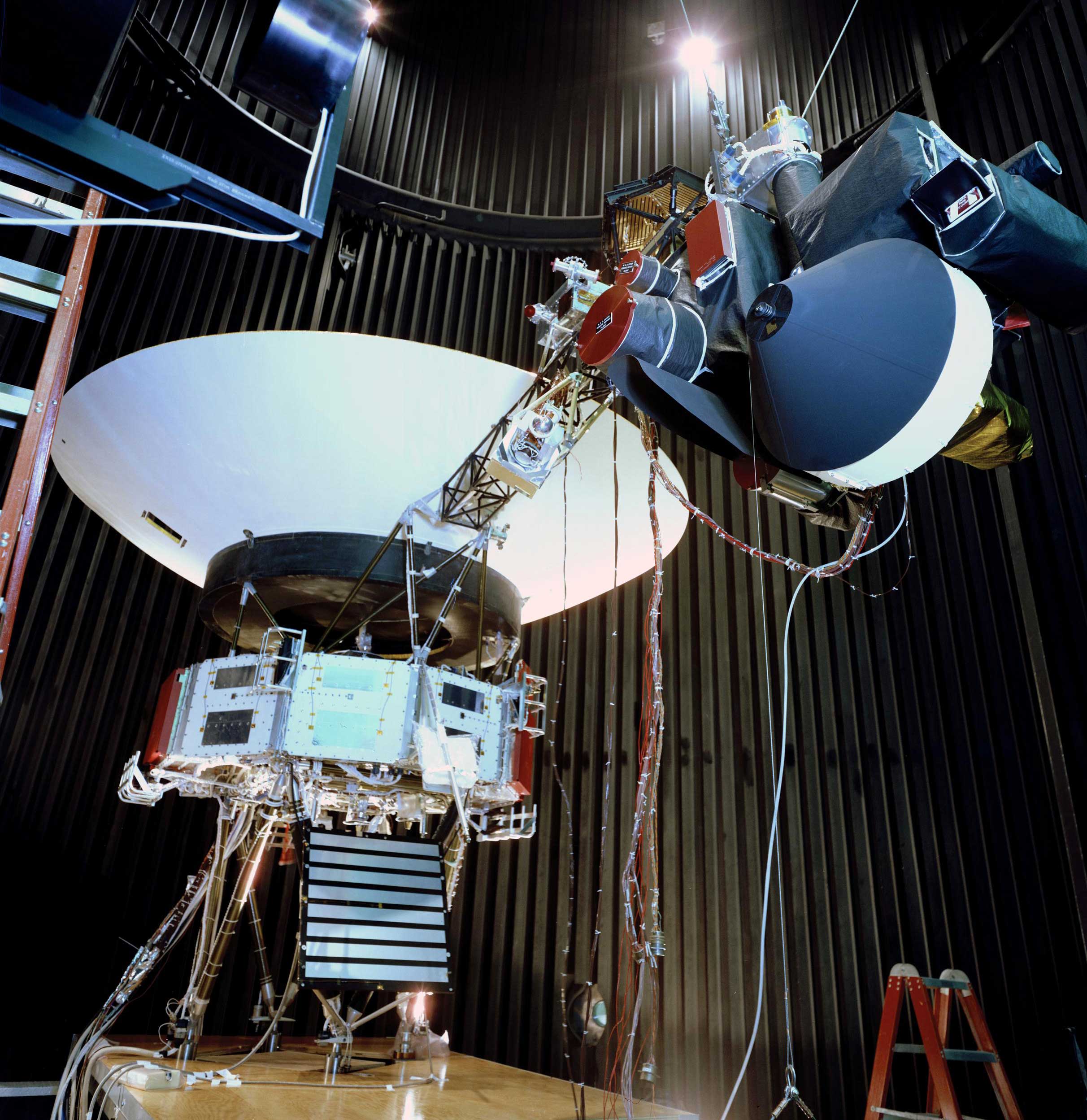The Voyager 2 space probe began its journey in 1977 and is now more than 20 billion kilometers from our Earth, and with its five scientific instruments it is constantly examining interstellar space. In order for the old space probe to be able to continue its full operation despite the constant decline in power supply, it also began to use part of its emergency backup power. Thanks to this, the spacecraft can operate all of its science instruments until 2026.
However, disabling the device does not mean the end of the entire task. After one instrument shuts down in the year 2026, the four remaining instruments on Voyager-2 will continue to operate until another is shut down due to a power dwindling. If Voyager-2 continues to maintain its good condition, it is expected to continue operating for many years.
Voyager 2 and its Voyager 1 spacecraft are the only spacecraft to date to operate outside the heliosphere, the “bubble” formed by charged particles and the magnetic field emanating from the sun. Based on the probes’ measurements, we can learn, among other things, what the heliosphere looks like and the role it plays in protecting Earth from high-energy particles and other radiation from interstellar space. According to Voyager probe researcher Linda Spilker, the farther away they are from us, the more exciting the data they collect. This is why it is important to ensure that they run as long as possible.
Both Voyager probes are powered by radioisotope thermoelectric generators (RTGs), which convert the heat of decay of plutonium into electricity. Continuous decomposition also means that the generator produces less energy each year. It hasn’t affected the mission’s science work yet, but to make up for the power drop, Voyager engineers have already turned off heaters and other systems that aren’t essential to the operation of the probe.
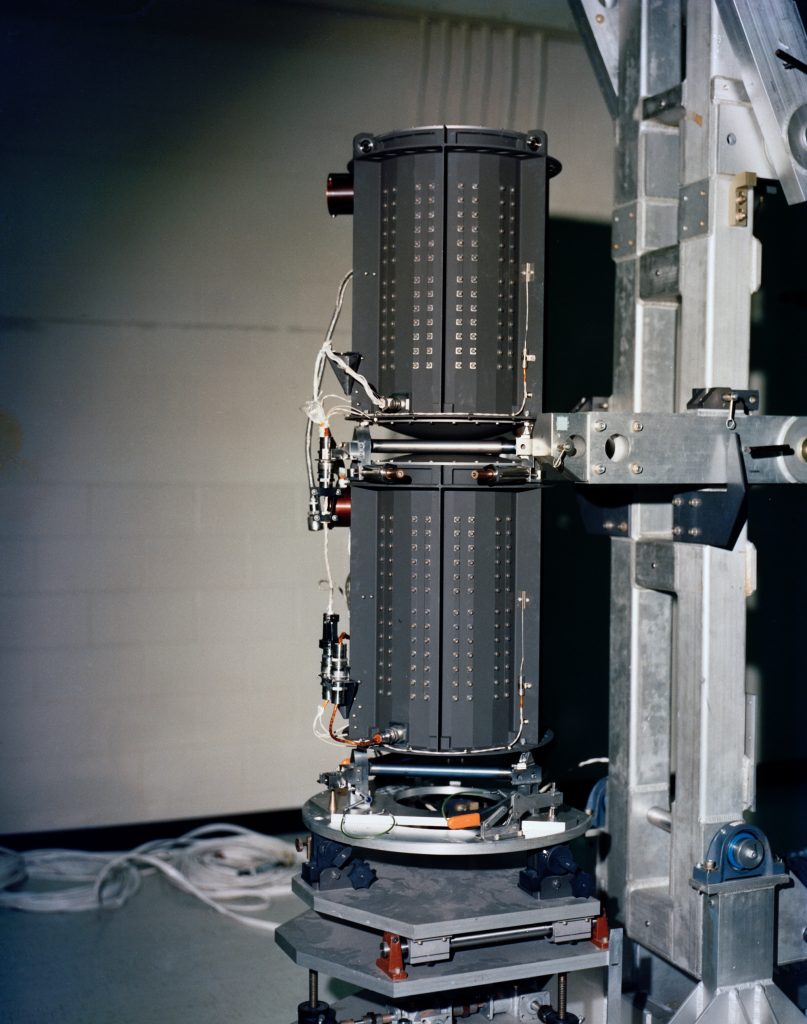
Since Voyager-2 had already shut down all non-core systems, one of its science instruments was next on the list. Voyager-1 has one instrument that is running less because one of them failed at the start of its mission, so one of Voyager-1’s instruments won’t shut down until sometime next year.
Instead of turning off the science equipment, they looked for other solutions, then took a closer look at one of the space probe’s built-in safety mechanisms. Its job is to protect the instruments if the probe’s voltage changes too much — this could damage scientific equipment. For this reason, a voltage regulator was placed on board Voyagers, which in this case powers a backup circuit. The operation of the circuit is ensured by an amount of power intended for this purpose from the RTG. Instead of storing this energy, the probe will now use it to keep all of its machinery running.
Of course, this also means that the voltage cannot be controlled to the same extent, but even after more than 45 years of flying, the electrical system in both probes is relatively stable, so the safety equipment can be omitted. Mission engineers also monitor voltages and can react if they start to fluctuate too much. If the solution works well for Voyager-2, similar changes can be made for Voyager-1.
Fluctuating voltage is a danger to instruments, but the danger is less than the benefit of all scientific instruments that can operate for longer periods of time. The Voyager missions were originally designed to last only four years to explore the region beyond the orbits of Saturn and Jupiter. NASA has expanded the Voyager-2 mission so that it can also get close to Neptune and Uranus (since then, it has been the only spacecraft to visit the ice giants). NASA extended missions again in 1990, this time with the goal of getting the probes out of the heliosphere. Voyager-1 reached this far in 2012, while Voyager-2 (which traveled more slowly and in the opposite direction) arrived in 2018.
source: NASA JPL
comment


